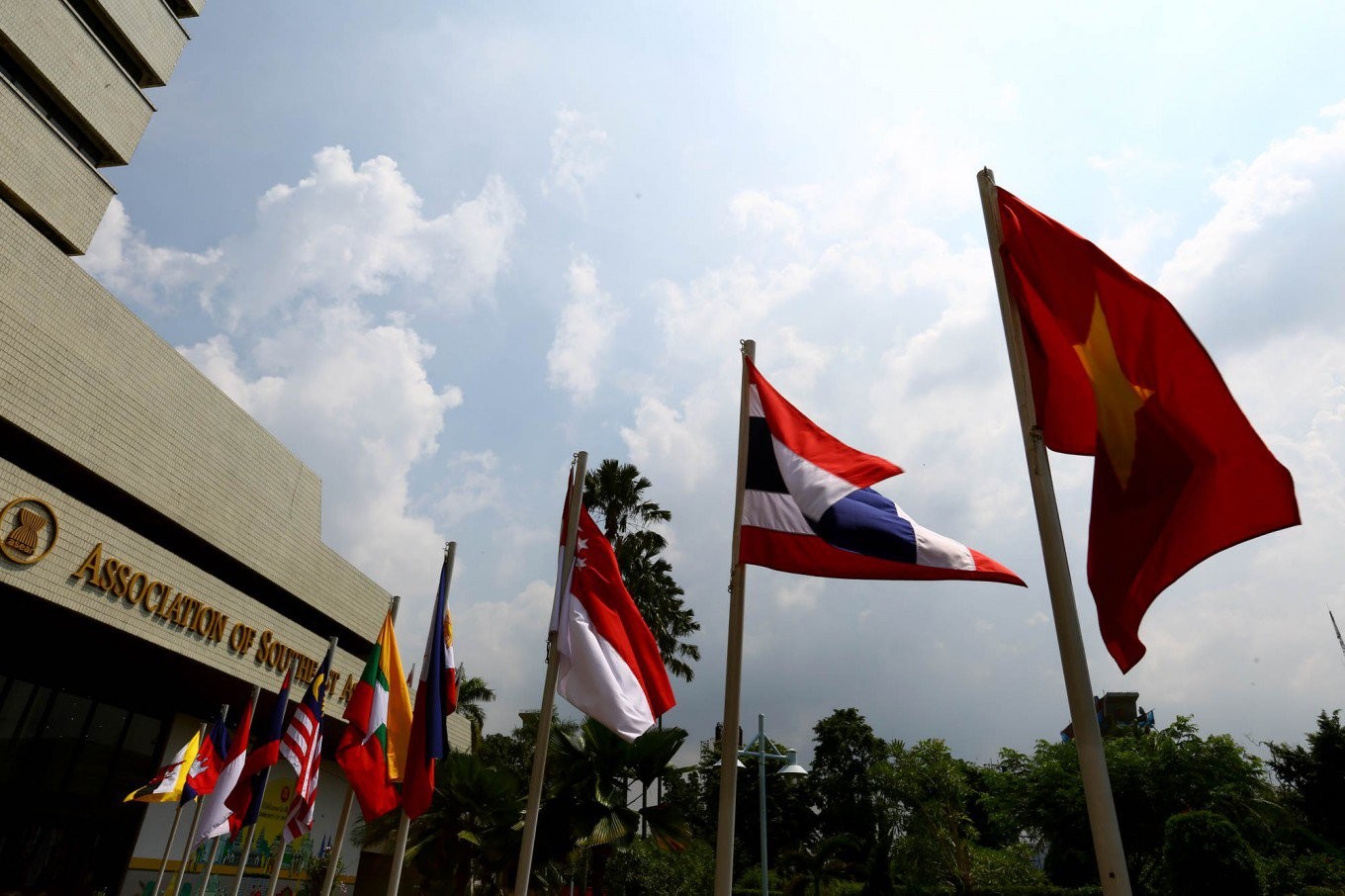There are few parts of the world that have a stronger interest in protecting and deepening the rules-based multilateral trading system than Southeast Asia. Home to more than 600 million people and boasting a combined GDP of US$ 3 trillion – that’s 3.5% of the world economy – ASEAN’s ten member states also have among the world’s highest trade intensity. The average trade to GDP ratio is approximately 90%, compared to a world average of 45%.[i] Consequently, ASEAN member states account for about 7.8% of global trade.
Meanwhile, the economic rise of China looms large. China’s rise has impacted the region in two conflicting ways. While China’s growth has been a source of demand for ASEAN products, its dominance in manufacturing has also provided stiff competition, both domestically and in third markets. The second of these factors has been more prominent. On balance, China’s growth may hinder rather than promote Southeast Asia’s economic performance.
While ASEAN exports to China have grown, the marginal propensity of China to import from ASEAN remains very low. In 2011, ASEAN members exported US$ 140 billion of goods to China, a number that grew to US$ 218 billion in 2020. That amounts to a US$ 78 billion increase.[iv] Over the same time frame, China’s economy nearly doubled from US$ 7.5 trillion to US$ 14.7 trillion – US$ 7.2 trillion of growth. Hence, every US$ 100 of China’s growth only produced US$ 1 of export growth from Southeast Asia.
Conversely, in 2011 ASEAN members imported US$ 155 billion from China. Over the next ten years, this figure grew to US$ 300 billion – that is a 94% growth worth US$ 145 billion. Over that time, the combined GDP of ASEAN member states rose by US$ 700 billion. Hence, every US$ 100 of ASEAN GDP growth was accompanied by US$ 20 of imports from China. The marginal propensity to import from China is twenty times higher than China’s marginal propensity to import from ASEAN.
The clear consequence of this asymmetry has been the widening of ASEAN’s trade deficit with China, which has grown from US$ 15 billion in 2011 to US$ 82 billion in 2020. Due to the five-fold increase, ASEAN’s bilateral deficit with China amounts to 2.7% of GDP.
Four conclusions can be drawn from the above analysis. First, the narrative that a fast-growing Chinese economy is a boon for Southeast Asian growth looks increasingly false. The growth in China’s domestic market has not resulted in a large increase in exports to China because the marginal propensity of China to import from ASEAN is so low.
Second, despite its geographic distance, the United States rivals China as an export market for ASEAN. Between 2011 and 2020, the share of exports going to the US increased from 8.5% to 15%. These figures are at odds with the popular view that the United States’ importance is waning in the region.
Third, China’s economic prowess has impacted trade patterns in ASEAN in terms of import dependency. Between 2011 and 2020, China’s share of ASEAN imports rose from 13% to 23%. This largely represents China’s exports of capital goods and components that go into assembling products for export out of ASEAN.
Lastly, the import dependency is in part a function of ASEAN’s struggles to develop a high level of vertical integration and inter-connectivity within Southeast Asia. China has shed lower value-added industries such as footwear and garment manufacturing to Vietnam, Cambodia, and Myanmar. But there remains a heavy level of import dependency on the inputs and capital goods that are essential to the industries. Combined, ASEAN’s economy is large enough to support globally competitive scale in the petrochemicals and other industries required for the inputs. Individually, however, the economies are not.
It may be too soon to tell much from the newer BRI projects. However, trade flows over the past decades suggest measures to facilitate trade between China and Southeast Asia have an asymmetric impact. The goods tend to flow south, and earnings flow north. Greater intra-ASEAN trade can alter this dynamic.
***
This article is the first in the Hinrich Foundation series Trade and Investment in Southeast Asia. Read more:
***
[i] UNCTAD put world merchandized exports at US$ 17.6 trillion implying total trade of US$ 35 trillion. The World Bank put global GDP at US$ 85 trillion.
[ii] UNCTAD FDI data.
[iii] Data for manufacturing value added comes from the world bank open database.
[iv] All trade data comes from the ASEAN database https://data.aseanstats.org/ while GDP data is from the World Bank’s open database https://data.worldbank.org/
© The Hinrich Foundation. See our website Terms and conditions for our copyright and reprint policy. All statements of fact and the views, conclusions and recommendations expressed in this publication are the sole responsibility of the author(s).





